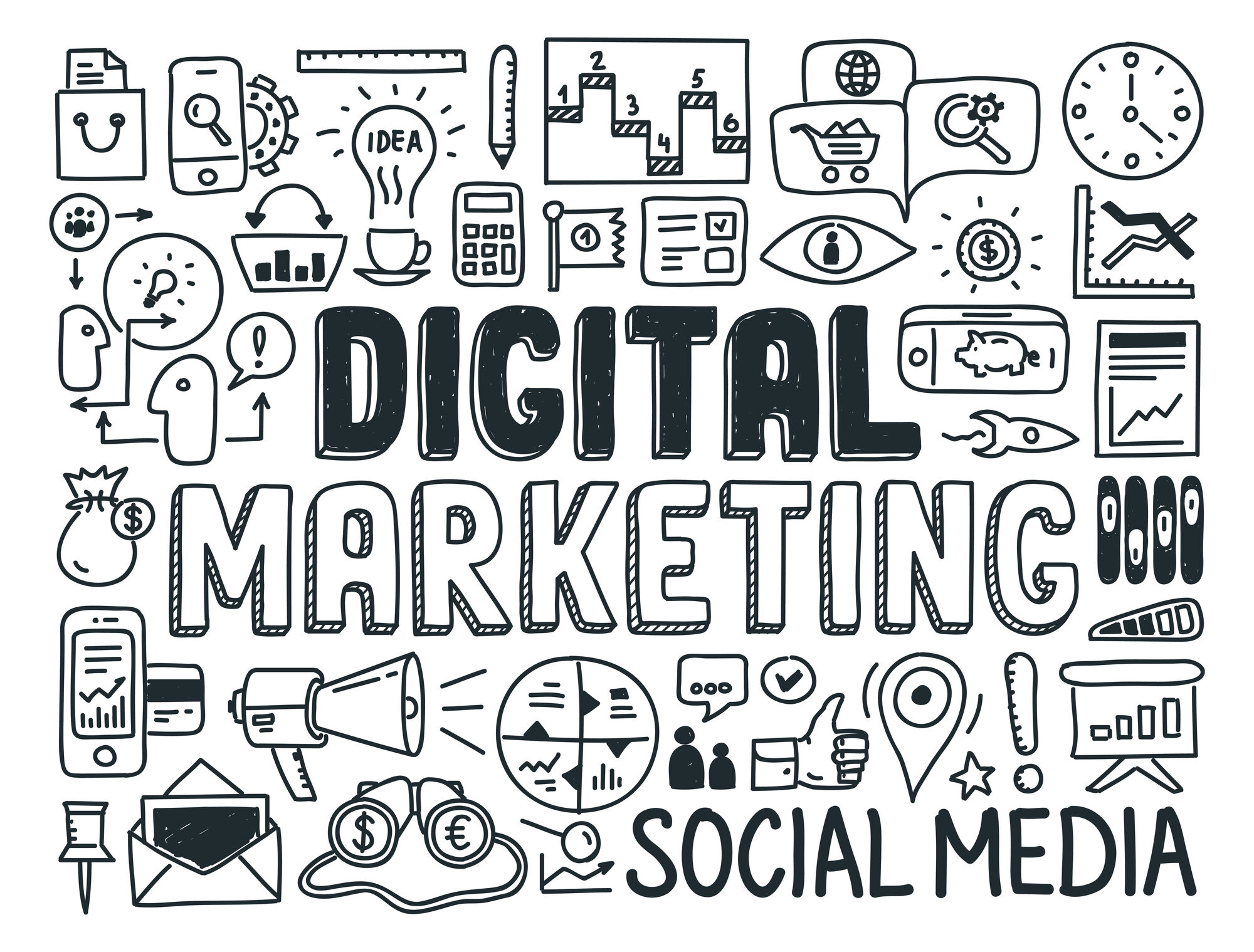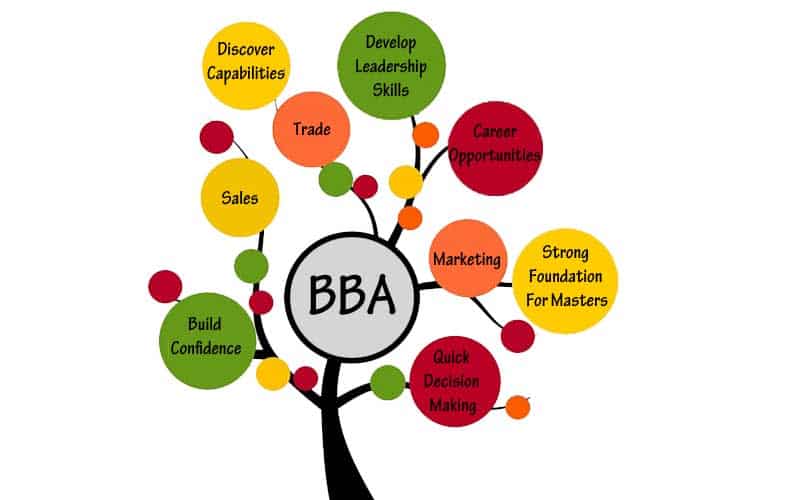 SIMT
SITASRM INSTITUTE OF MANAGEMENT & TECHNOLOGY
SIMT
SITASRM INSTITUTE OF MANAGEMENT & TECHNOLOGY
 SIMT
SITASRM INSTITUTE OF MANAGEMENT & TECHNOLOGY
SIMT
SITASRM INSTITUTE OF MANAGEMENT & TECHNOLOGY

SIMT
SITASRM INSTITUTE OF MANAGEMENT & TECHNOLOGY
Menu
Customer Lifetime Value (CLTV): The Ultimate Metric for Marketing & Finance Synergy
.jpg)
Introduction
Imagine a metric that could instantly bridge the perceived chasm between your marketing department's creative brilliance and your finance team's bottom-line focus. What if there was a single, powerful number that could guide strategic decisions on everything from customer acquisition spend to product development, ensuring both growth and profitability?
This isn't a pipe dream; it's the profound reality and strategic imperative of Customer Lifetime Value (CLTV). Far more than just a buzzword, it is the present value of the future profits expected from a customer relationship. For MBA students in both marketing and finance, understanding and leveraging customer-lifetime-value isn't just an advantage—it's foundational for building truly sustainable, customer-centric businesses. This metric transforms how businesses view their customers: not as transactional one-offs, but as valuable, long-term assets.
What is Customer Lifetime Value (CLV)?
At its core, customer lifetime value represents the total revenue a business can reasonably expect from a single customer throughout their entire relationship with the company. It's a forward-looking metric that moves beyond simple transaction volume.
-
Beyond Single Transactions: CLV shifts focus from individual sales to the long-term profitability of a customer.
-
Predictive Power: It helps predict future revenue streams.
-
Strategic Insight: Provides a clearer picture of how much a customer is truly worth.
Why CLV is a Core Metric for Marketing & Finance Synergy
The power of customer lifetime value lies in its ability to unite marketing and finance objectives.
1. Guiding Marketing Spend & Acquisition Strategies
-
Informed Acquisition Costs: CLV helps determine how much a business can afford to spend to acquire a new customer. If your average customer-lifetime-value is high, you can justify a higher customer acquisition cost (CAC).
-
Targeting Profitable Segments: Marketing teams can use CLV to identify and target customer segments that are likely to generate the highest customer-lifetime-value.
-
Optimizing Channels: By understanding CLV across different acquisition channels, marketing can allocate budgets more effectively. This ensures marketing efforts focus on attracting valuable customers.
2. Enhancing Customer Retention & Loyalty
-
Retention is Key: It's often cheaper to retain an existing customer than to acquire a new one. A high customer lifetime value emphasizes the importance of customer loyalty programs and excellent service.
-
Identifying At-Risk Customers: By monitoring individual CLV, businesses can proactively identify customers whose value might be declining and intervene with targeted marketing.
-
Personalized Engagements: Marketing can tailor communications and offers based on a customer's estimated customer-lifetime-value, deepening relationships and encouraging continued purchases.
3. Informing Product Development & Innovation
-
Solving Customer Needs: Understanding CLV helps identify features or products that loyal customers value most.
-
Cross-Selling & Upselling Opportunities: Businesses can develop strategies to increase the average customer-lifetime-value by offering complementary products or premium versions.
-
Prioritizing Investments: Product teams can prioritize development efforts that will likely resonate with high CLV segments.
4. Driving Financial Planning & Forecasting
-
Predictable Revenue Streams: CLV provides finance teams with a more accurate basis for revenue forecasting and budgeting.
-
Valuation & Investor Relations: Businesses with a strong understanding and healthy customer lifetime value can present a more compelling story to investors, highlighting long-term sustainability and growth potential.
-
Resource Allocation: Finance can allocate resources more strategically across departments based on their impact on customer-lifetime-value. This makes the case for marketing investments much stronger.
How to Calculate and Segment Customer Lifetime Value (CLV)
While complex models exist, a simplified approach to calculating CLV involves several key components:
-
Average Purchase Value: The average amount a customer spends per transaction.
-
Average Purchase Frequency: How often a customer buys from you in a given period (e.g., annually).
-
Average Customer Lifespan: The average duration a customer remains active with your business.
Simple CLV Formula: CLV = (Average Purchase Value x Average Purchase Frequency) x Average Customer Lifespan
Example: If a customer spends $50 per purchase, buys 4 times a year, and stays for 5 years: CLV = ($50 x 4) x 5 = $1,000
Beyond this basic formula, businesses often use more sophisticated models that account for profit margins, churn rates, and discounting future cash flows.
Segmentation is Crucial: Don't treat all customers equally. Segment your customers based on:
-
Demographics: Age, location, income.
-
Behavioral Data: Purchase history, website interactions, engagement levels.
-
Acquisition Channel: How they became a customer.
Analyzing CLV by segment allows for highly targeted marketing and finance strategies. For instance, customers acquired through referrals might have a higher CLV than those from paid ads.
Challenges and Considerations for Customer Lifetime Value Implementation
While incredibly powerful, implementing and utilizing customer lifetime value effectively comes with its own set of challenges:
-
Data Accuracy & Integration: Requires robust data collection and seamless integration across marketing, sales, and finance systems. Poor data leads to unreliable CLV.
-
Predictive Modeling Complexity: Accurate CLV forecasting can be complex, requiring sophisticated statistical models and machine learning.
-
Dynamic Nature: CLV is not static. Customer behavior changes, and market conditions evolve, requiring continuous monitoring and recalculation.
-
Initial Investment: Setting up the necessary data infrastructure and analytical capabilities for CLV can require significant upfront investment.
-
Organizational Alignment: Both marketing and finance teams must be aligned on the importance and application of customer lifetime value to truly realize its synergistic benefits. This organizational buy-in is critical.
The Future of Business is CLV-Driven
In an increasingly competitive landscape, focusing on customer lifetime value is no longer optional; it's a strategic imperative. Businesses that prioritize nurturing long-term customer relationships will outperform those solely focused on short-term sales. This metric fundamentally shifts the business mindset from transactional to relational, driving sustainable growth and maximizing profitability.
In conclusion,
Customer Lifetime Value (CLV) is the linchpin that unites marketing's efforts to attract and engage customers with finance's mandate for profitability and long-term value creation. For aspiring leaders in both fields, understanding and mastering customer lifetime value is crucial. It provides the framework for strategic decision-making, ensuring that every dollar spent on marketing contributes directly to financial health, and every financial decision supports sustained customer relationships. This synergy is the future of effective business, a testament to the power of integrating Computer Science and IT for data-driven strategic insights.



















































